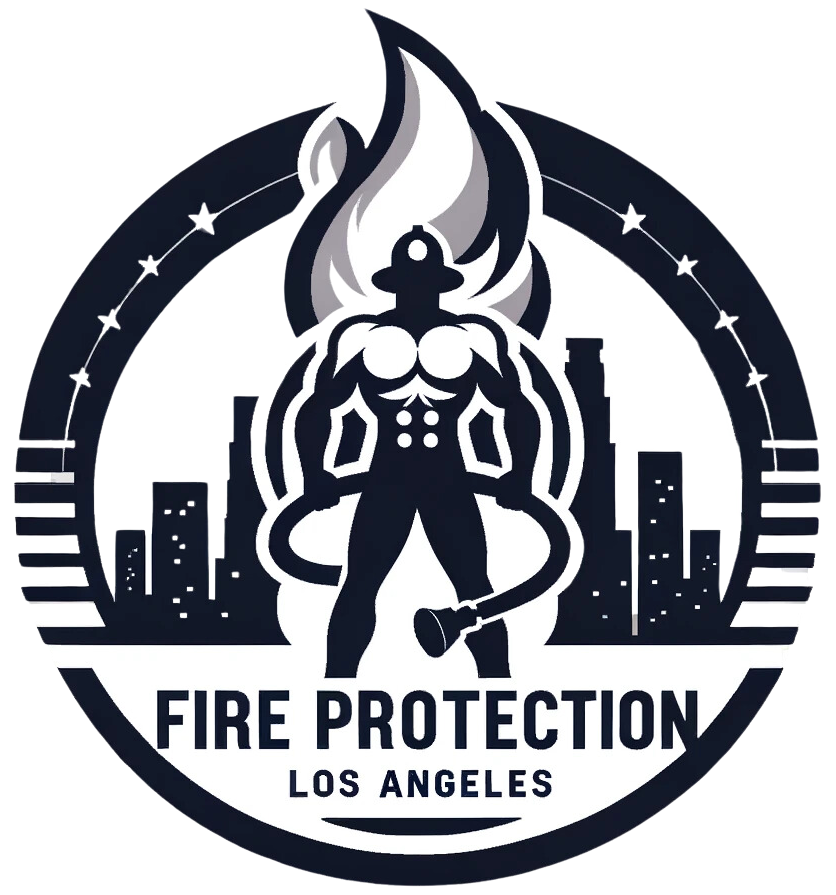Introduction to Forest Fire Dynamics
Forest fires, also known as wildfires, have been an integral part of many ecosystems for millennia. These fires play a crucial role in shaping landscapes, influencing biodiversity, and even aiding in plant regeneration. However, to effectively manage and suppress these fires, understanding the science behind their dynamics is paramount.
How Fires Ignite: The Fire Triangle
Oxygen, Heat, and Fuel: A Deadly Trio At the heart of every fire lies the fire triangle: oxygen, heat, and fuel. Fires require an oxidizing agent (typically oxygen from the air), a heat source to raise the material to its ignition temperature, and fuel (anything combustible). When these three elements are present in the right mixture, a fire can ignite and sustain itself.
Fire-Prone Regions and Conditions Certain conditions enhance the likelihood of fires, such as prolonged dry periods, abundant dry fuel, and specific weather patterns. Regions like California and Australia, with their unique climatic conditions, frequently experience these factors, making them hotspots for wildfires.
The Behavior of Forest Fires
Fire Intensity and Spread Rate The intensity of a forest fire refers to the energy output, and it directly influences how quickly the fire spreads. A fire’s rate of spread can be impacted by the type of fuel, its moisture content, and the prevailing wind direction.
Fire Patterns: Head, Flanks, and Heel Forest fires don’t spread uniformly. The ‘head’ of the fire is the most aggressive and fast-moving part, usually driven by the wind. The sides of the fire, or ‘flanks,’ spread more slowly, while the ‘heel’ is the part of the fire that’s spreading opposite to the direction of the head.
Factors Influencing Fire Dynamics
Weather Conditions Wind is perhaps the most influential weather condition. It provides fires with fresh oxygen, aiding combustion, and pushes it in new directions. Additionally, low humidity dries out vegetation, making it more combustible.
Vegetation and Fuel Loads Different plants burn at different intensities. Dense forests with a lot of underbrush provide more fuel than grasslands, leading to more intense fires.
Topography and Landscape Features Fire moves faster uphill than downhill due to the preheating of vegetation uphill from the rising hot air. Valleys, ridges, and other landscape features can channel or block the progress of a fire.
Fire Suppression: Reacting to Fire Dynamics
Traditional Methods: Firebreaks and Controlled Burns Understanding fire behavior helps in creating effective firebreaks – areas cleared of potential fuel to stop a fire’s progress. Controlled or prescribed burns are also used, where smaller fires are intentionally set to consume potential fuel loads, reducing the risk of larger fires.
Modern Techniques: Aerial Tactics and Fire Retardants Today, we use aircraft to drop water and fire retardants to slow fires. These retardants act by depriving the fire of fuel, cooling the material, or by releasing chemicals that halt combustion.
The Future: Predictive Modeling and Technology in Fire Dynamics
With advancements in technology, we’re developing models that can predict how fires will behave based on current conditions. Drones, satellites, and AI are also being employed to monitor, predict, and even suppress fires more effectively.
Conclusion: The Marriage of Science and Strategy
The science of forest fire dynamics is intricate and multi-faceted. It’s this understanding that informs strategies in forest fire suppression. As wildfires continue to challenge us, marrying science with innovative strategies will be our best defense, ensuring the safety of both our natural landscapes and the communities that inhabit them.








